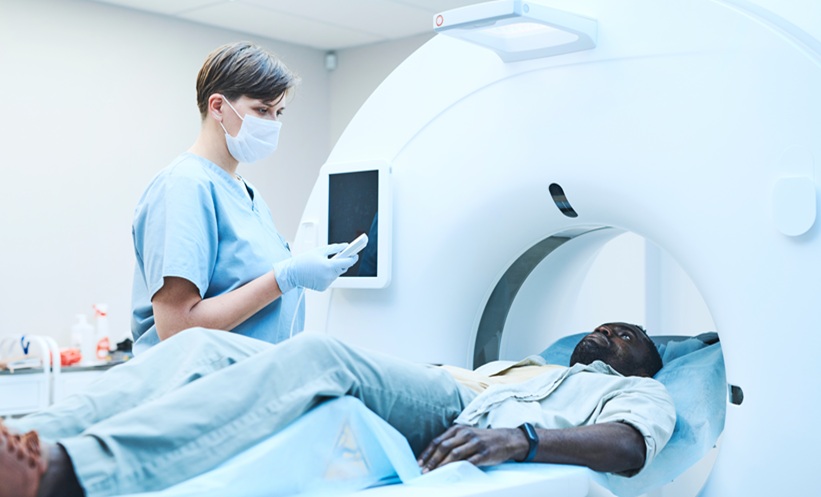A RECENT study reports that placing an inflatable penile prosthesis (PP) at the same time as robot-assisted radical prostatectomy (RARP) may offer substantial benefits for prostate cancer patients with pre-existing erectile dysfunction (ED). The comparative analysis suggests faster and more effective sexual rehabilitation without compromising cancer control or surgical safety.
The research followed 56 men treated between 2011 and 2023. All participants had refractory ED before their prostate cancer diagnosis. Twenty-nine patients received a penile prosthesis during their RARP, while 27 underwent delayed implantation an average of 3.3 years after cancer surgery. Importantly, the same surgeon performed all procedures, reducing variability in outcomes.
Comparing Delayed vs. Simultaneous Penile Prosthesis in Prostate Cancer Care
Although the simultaneous-implant group contained a higher proportion of men with severe ED at baseline (55.2% vs 25.9%), these patients experienced significantly better postoperative sexual outcomes. One year after surgery, participants who received simultaneous PP placement reported notably higher satisfaction scores on the Modified Erectile Dysfunction Inventory of Treatment Satisfaction (79.1 vs. 61.1). They also achieved better results on the EORTC Sexual Health assessment (62.5 vs. 47.1). Both differences were statistically significant.
Another striking finding involved penile length preservation, a common concern among men undergoing prostate cancer treatment. Patients in the simultaneous group experienced minimal length loss (0.32 cm on average), while those in the delayed cohort lost more than a centimetre (1.43 cm). The authors suggest that avoiding the prolonged period of post-surgical tissue atrophy may explain this advantage.
Oncological Impact of Simultaneous Penile Prosthesis Placement
Crucially, the combined procedure did not increase surgical or oncological risk. Rates of positive surgical margins (13.7% vs. 18.5%) and biochemical recurrence at two years (10.3% vs. 14.8%) were similar and not statistically significant between cohorts, with no major complications reported in either group. The findings indicate that simultaneous placement does not interfere with tumour removal or postoperative cancer monitoring.
The study adds to growing evidence supporting integrated surgical approaches that prioritise patients’ long-term quality of life. According to the authors, combining RARP with PP implantation streamlines care, accelerates rehabilitation, and provides earlier return to sexual function, benefits that could make a meaningful difference for men facing both cancer and severe ED.
Reference
Moncada I et al. A Comparative Study of Simultaneous and Delayed Penile Prosthesis During Robot-Assisted Radical Prostatectomy. Int J Urol. 2025; doi: 10.1111/iju.70285







